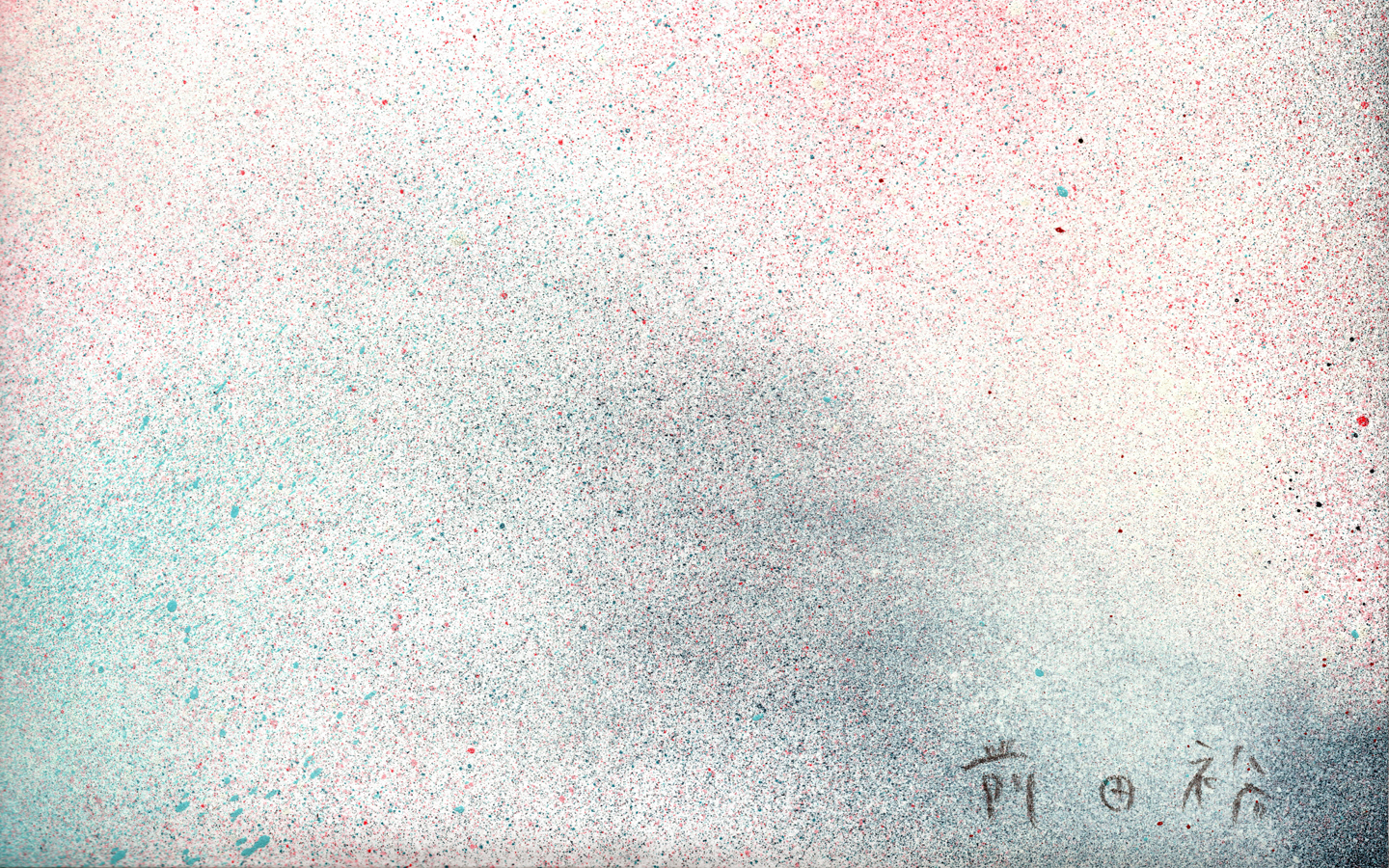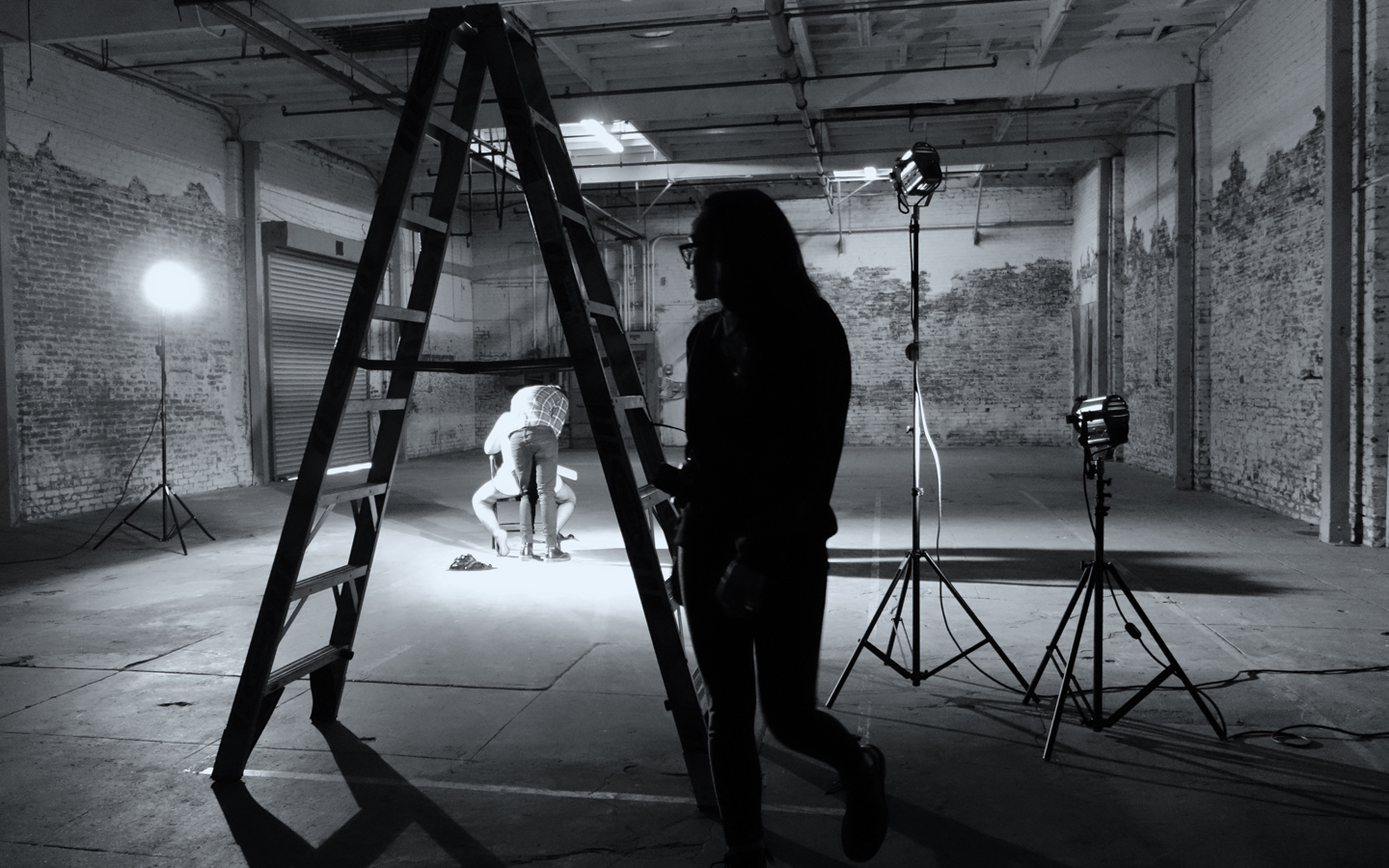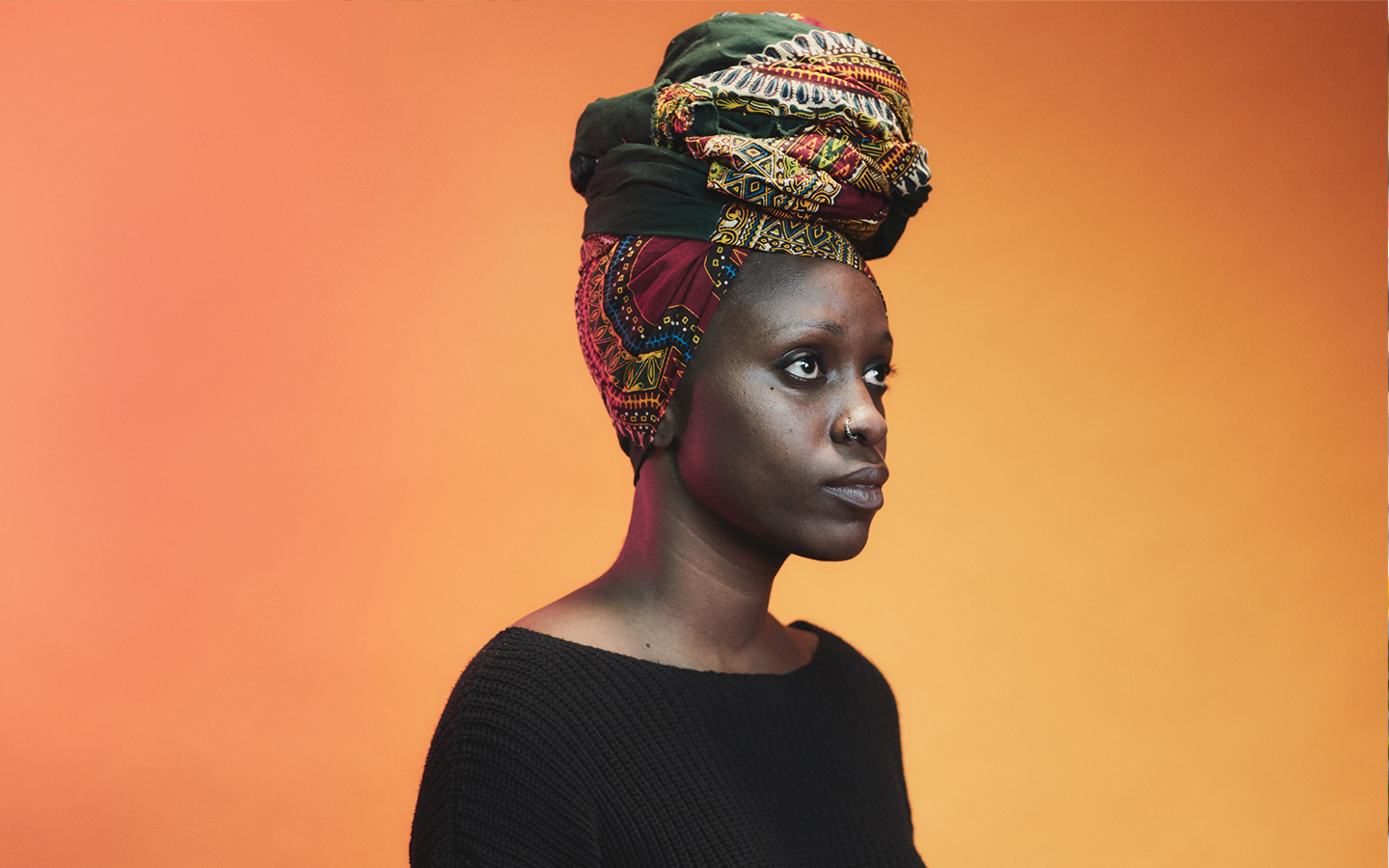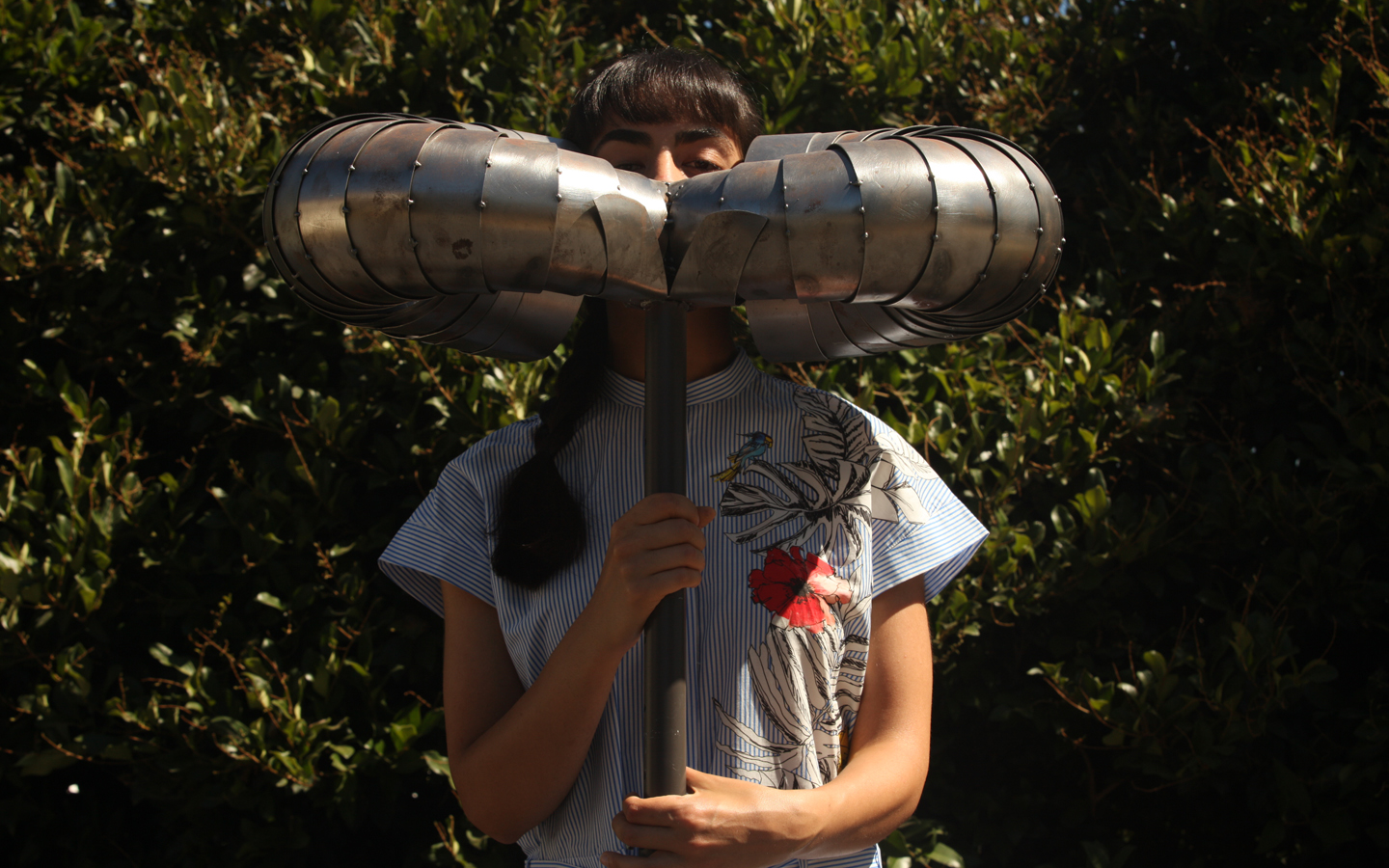
Index Issue 2
In a world where things are falling apart, we must come together. Now more than ever, examples of cross-disciplinary collaboration within an over-commercialized, post-globalization era will raise the standard and define the new layout for innovation. More and more we are discovering, as communication artists, that innovation does not exist within individual territories. One person cannot make a difference, one industry cannot find the answer. It requires a collection of “multi-doers” and “in-betweeners” — engineers who are also video installation artists, musicians who have PhDs in Molecular Chemistry and Biology, and so on. These are the true innovators; the creative thinkers who can be found only between definitions. They are the ones who are brave enough to make the epic leaps required to expand mental capacities.
Communication art communicates. It translates the written, verbal, visual, and body languages from one world to another. It connects cultures with clearly identified geographical and emotional borders. Communication art, more than any other industry, is non-specific. It does not commit to right and wrong, good or evil. It has no business with opinions or judgements. It has no understanding of how to live, which is precisely why it has the unlimited freedom to learn and develop. It is the innate responsibility of communication artists to remain curious and challenge the decisions of everyone else, ideally from the pivotal axis of love and compassion.
We study everything. We are sponges that absorb as much as possible as often as possible. We have the ability to adapt and converse, in any language, anywhere in the world, about anything. We will eat anything, do everything, and process it all without the ability to reject an opportunity to grow. We are self- aware filters of all that already exists. We are in opposition to both tradition and fashion simultaneously. This is why there is no easy way to understand Communication Art, Communication Artists, or Communication Artwork.
The average person might assume this would develop quickly into an identity crisis. And of course, in some cases this is exactly what happens. The good news is that when Communication Artists break down, they can’t get back up. If you oversleep for five minutes, you’re out of the running. It is brutal and competitive. Some survive with daily doses of adderall and some just destroy everyone else in a disillusioned attempt to save themselves. Some lie and others steal, some cheat and some just pretend they can handle it just long enough to get by. But infrequently there are those who actually can do it. And from the moment they are born, that child just has it. Their whole life they have it. It is in them and they cannot escape it.
Cursed with the need to communicate, the need to create, the ferocious curiosity to see, feel, hear, touch, taste everything. They will never be normal, and for most of their early life they will seem to lack the ability to focus. Throughout their development, people will tell them they are never going to become anything if they don’t commit. Never find love. Never be successful, stable, well-balanced. And here’s where we lose even more true Communication Artists — because some of them decide to believe what they’re told.
So we are left with a very low percentage of true creators who were born with the desire to build, make, do, work. Every day. All the time. Forever. Who know they are in fact not crazy or misguided. Who feel it is their responsibility to move between the gaps of reason and the definitions of reality. The ones who take this seriously, who develop their empathic blank palate, even if they have to do it alone, become not only the best Communication Artists, but the only ones in the world who can pull it all together when the shit hits the fan. And they, my reader, are messiahs in disguise.
Good Communication Artists study music and language, they travel often, read too much, and obsess over media. A healthy Communication Artist can watch over 10 films in one day and make it to a concert that evening, not sleep, and build a masterpiece the next morning in the form of environmental type design that reflects everything they absorbed in the past 24 hours, photograph it, edit, print, prepare, and ship the image to an international competition, win, and not remember that they applied for a competition at all by the time they are notified of their win because they were already busy with the new set of projects they dreamed up minutes after licking that stamp weeks ago… for example.
Art has the power to change thought. It is a format of exception to daily life by nature and therefore has an advantage in breaking routine and infiltrating the conceptions of reality. All art is abstract in comparison to science or math or really any form of logic. Art lives within the world of humanities, the ever-evolving emotional sides of ourselves and because it is fundamentally flexible cannot be captured by the day to day tick-tock of the clock that arranges our daily planner. Art, when done properly, presents a new perspective without judgment. It is objectively showing you a dream world or deeply buried truth.
Art is so incredibly unnecessary for survival that it becomes sometimes the only real solution. This must be why it has become the perfect tool for communicators. Every abstraction is compressed into simplicity.
This was always just in theory of course, until we started SOVO//.
SOVO// creates work between art and the public, between the seconds of the day, between topics of interest, between the right question and answer. This means that SOVO// is responsible not for the beginning or the end, but the middle parts of just about everything. We understand this as the creation process or the experience of ideas. We have chosen to live and work in a constant state of process. And everything learned raises more questions that could provide more learnings.
In addition to studying the creative processes that currently exist within contemporary culture, we challenge our own to become more collaborative and fearless. We do this first and foremost by saying “no” as little as possible, by listening more than talking, by jumping in and out of each other’s thoughts seamlessly, by using as little material as necessary to actualize the idea so the cost of production never becomes more important than the idea itself.
Communication Art, when in the context of a global industry, involves the public. In journalism it involves readers; in broadcasting, television, film and video it involves viewers; within music, listeners, and within fine art, buyers. SOVO// addresses the public by enhancing sensory atmospheres for them to experience the storytelling of creation. This is what showed us the need for true interactivity. Meaning, that the public literally completes our concept. This way we are never 100% in control of anything and there is always a possibility of failure. It requires a certain amount of trust in the humans that collectively make up our public to be inspired by what we present and feel the natural instinct to respect and contribute to its development solely because it communicates. It reaches something raw inside of them that they respect, but never have the opportunity to display. It builds community. And this, for us, has become a standard.
The story remains incomplete and we learn nothing without the public element. And it is their response that we respond to, over and over again, every time we pick up a pencil to write down a new idea. We carry ideas from one mind to another. We make sure they don’t get lost or damaged in transport. We hope that this effort will begin to generate a cycle of inspiration, a transient energy that can travel throughout humanity and connect them to one another. Ideas are delicate and sensitive and require a team of expert communication artists to work together and make them a priority in order for them to survive. Like an endangered species, ideas die every day, and their death rate is concerning. And the ones we remember and take with us through the rest of our lives are becoming fewer and farther between.
Farida Amar, SOVO// Creative Director
You may also like
Index Issue 4
Sex and gender are core elements of our interiority, but are also how we engage in the external worl
Alyesha Wise
I’ve been called many things that I wasn’t, until I was.
Roksana Pirouzmand
Pirouzmand challenges our nonchalant attitudes about communication. Her performance art liberates th




